August 8, 2025 | 08:21 GMT +7
August 8, 2025 | 08:21 GMT +7
Hotline: 0913.378.918
August 8, 2025 | 08:21 GMT +7
Hotline: 0913.378.918
In 2012, at the Panhou Ecotourism Area (located in Thong Nguyen commune, Hoang Su Phi district, former Ha Giang province), a conference was held to launch the development of typical cultural tourism villages in alignment with new rural construction. Ten criteria were introduced as the foundation for selecting and building exemplary villages to be transformed into cultural tourism villages. The "Panhou Declaration" became the name for the policy of promoting village-based tourism as a new direction for poverty eradication and the preservation of local culture and identity.
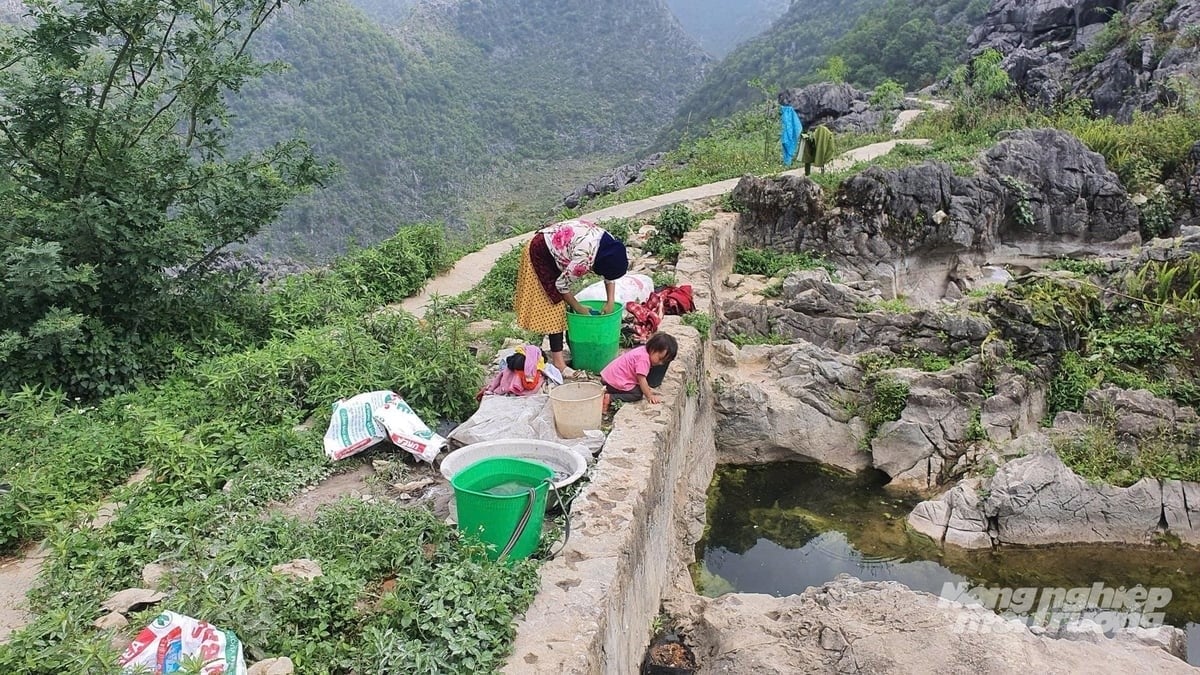
A H'mong mother and daughter wash clothes by the water gap at the Moon Rock Field in Pai Lung commune. Photo: Kien Trung.
The villages of Nam Dam, Chi hamlet (Xuan Giang commune), Ha Thanh, Thanh Son, Na Rang, Lung Cam, and Tat Nga were among the first cultural tourism models established during this period. In the following years, many other communities began to transition from traditional farming and livestock production toward rural tourism, such as Sang Pa A (Meo Vac), Buc Ban hamlet (Yen Minh), Khiem hamlet (Bac Quang), Ban Lan (Bac Me), and the villages of Phin Ho and Nam Hong (Hoang Su Phi).
As of today, over 40 cultural villages across the northernmost highlands have embraced community-based tourism in connection with agricultural and rural development. This model's strength lies in its ability to leverage local advantages and maximize indigenous cultural identities.
Alongside the government's efforts to invest in infrastructure, preserve landscapes, and protect the environment to shape a cultural tourism space, a crucial factor is domestic water sources for tourism villages.
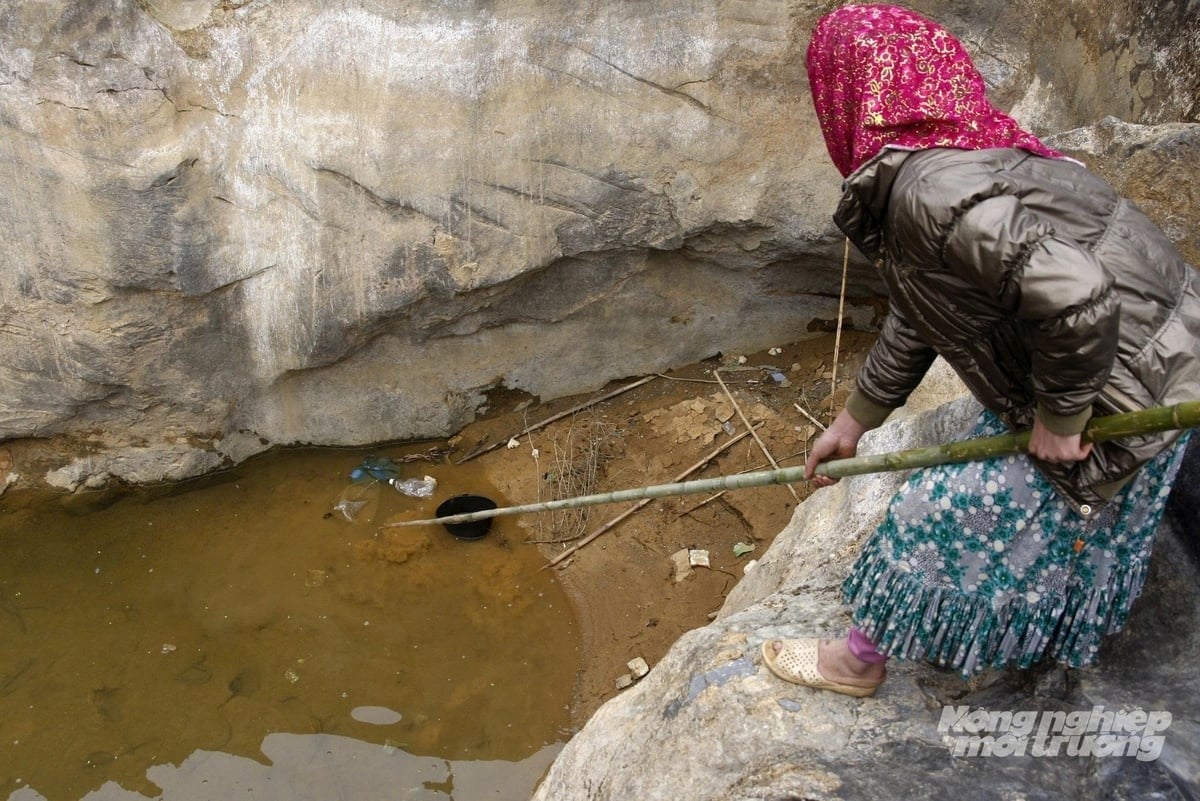
Before the construction of hanging reservoirs, local residents had to gather every can of water.

Water creeks in rock crevices are extremely rare, regardless of whether the water meets standards of safety and hygiene. Photo: Kien Trung.
At a thematic tourism conference organized in early 2025, Ha Giang's tourism sector reported that the province welcomed 3.2 million tourists in 2024, generating a total revenue of VND 8,100 billion. International tourists came from 186 countries and territories.
Ha Giang's tourism brand has reached a global scale, earning prestigious titles such as "Asia's Leading Emerging Tourism Destination 2023" and "Asia's Leading Cultural Destination 2024," awarded by the World Travel Awards (WTA).
These titles have provided strong momentum for the province to follow its chosen strategy, continuing to achieve the goal of turning the Dong Van Karst Plateau Global Geopark into a National Tourism Area by 2030. The province has also set a target of welcoming 3.5 million tourists in 2025. However, the increase in tourist arrivals is placing significant pressure on local infrastructure, especially domestic water sources.

These images act as a reminder of the hardships faced by highland communities.
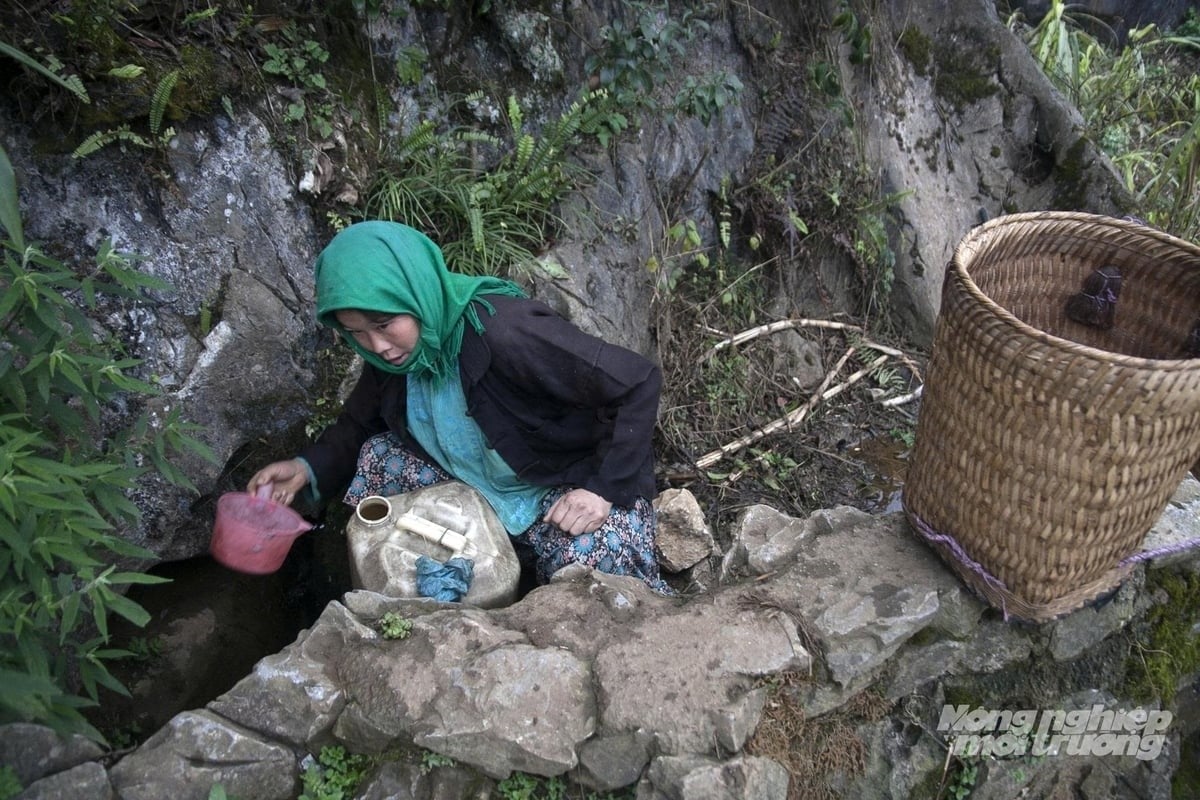
From that, we are reminded to value water sources. Photo: Kien Trung.
Mr. Ngo Quoc Ky, a specialist at the Economic Office of Dong Van commune (under the newly merged administrative unit), noted that most tourists, especially international ones, have increasingly high expectations regarding environmental hygiene. As travel demands shift toward greater comfort in dining and accommodation, the volume of daily water consumption has risen significantly. Meanwhile, both Dong Van and Meo Vac experience a dry season that lasts up to six months each year, which are periods of drought and water shortages.
Making a calculation, Mr. Ky stated, "For instance, each flush of a toilet consumes about 2-5 liters of water. We cannot ask tourists to choose the 'small flush' or 'big flush' button to save water, because it is an extremely sensitive action. On the other hand, if public restrooms are not clean and hygienic, they can leave a bad impression that lingers throughout the trip and ultimately harms the reputation and brand of the local tourism industry. That's why ensuring a stable supply of clean water in tourist areas requires more efficient water storage solutions."
This undeniable reality has turned hanging reservoirs into more than just an irrigation solution for the highlands, and they now play a vital role in meeting the domestic water needs. Over the years, households and tourism service providers have installed pipelines and set up containers to collect and store water from these reservoirs for daily use. These reservoirs have helped many highland villages overcome water shortages.
"The rocky plateau is always short of water. Please kindly pay a fee when using the restroom." This modest line of text, printed on a plate placed outside a public restroom at the Vuong Family Mansion heritage site in Sa Phin commune and beside a transparent box filled with small-denomination bills, has drawn the attention of many tourists. For both domestic and international tourists experiencing Ha Giang for the first time, this little sign often sparks curiosity.
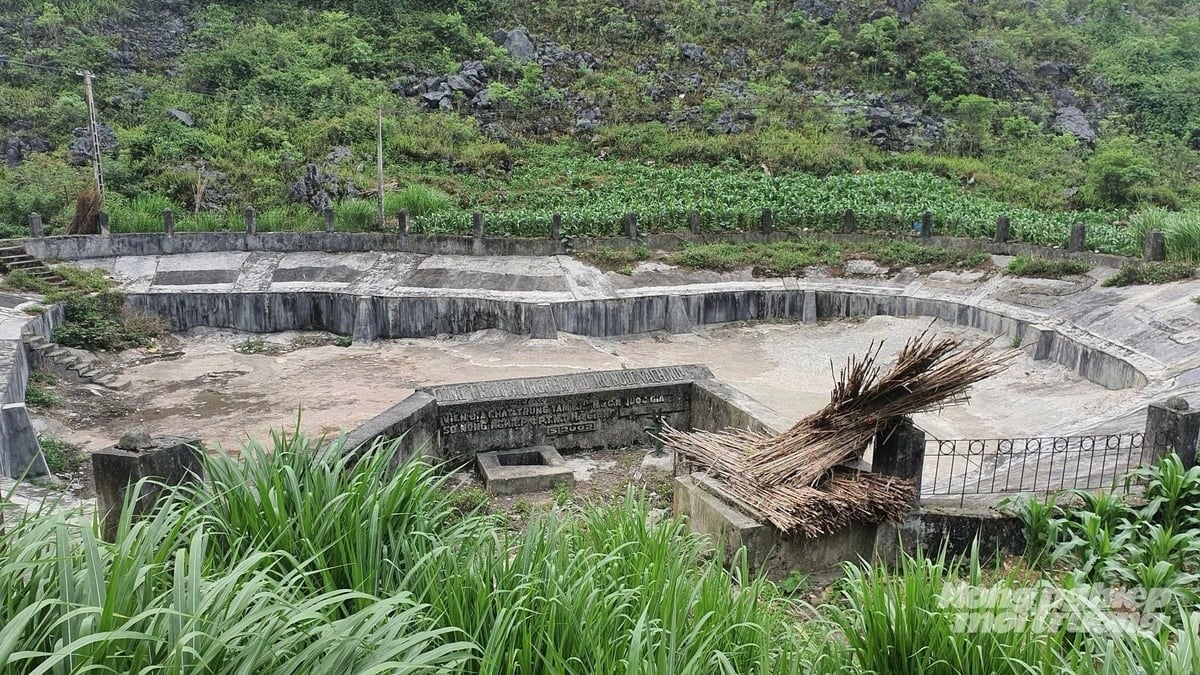
The first hanging reservoir built on the rocky plateau in May 2002 marked a breakthrough in easing water scarcity for upland communities. Photo: Kien Trung.
Ly Van Tinh, a young local who offers motorbike tours for tourists, shared, "Many tourists have asked me why there is a sign like that at the Vuong Family Mansion. Is it because tourists are required to pay to use the restroom? I have to explain that water is extremely scarce in the highlands. Even if you have money, you cannot buy it, as water has to be transported from very far away."
For travel companies offering tours to explore the rocky plateau, perhaps it is also essential to include this reality in their staff training. By telling the story of water shortages in this dry region, tourists can understand, sympathize, and act accordingly. With greater awareness, they will use water more responsibly and learn to cherish every precious drop when visiting this land. That is a mark of respect for the destination they are visiting. It does not worsen Ha Giang's image. On the contrary, it deepens admiration for the resilience, determination, and endurance of local people.

A rainwater storage tank with a capacity of 10,000 m³ was built in March 2008 in Thai Phin Tung commune.
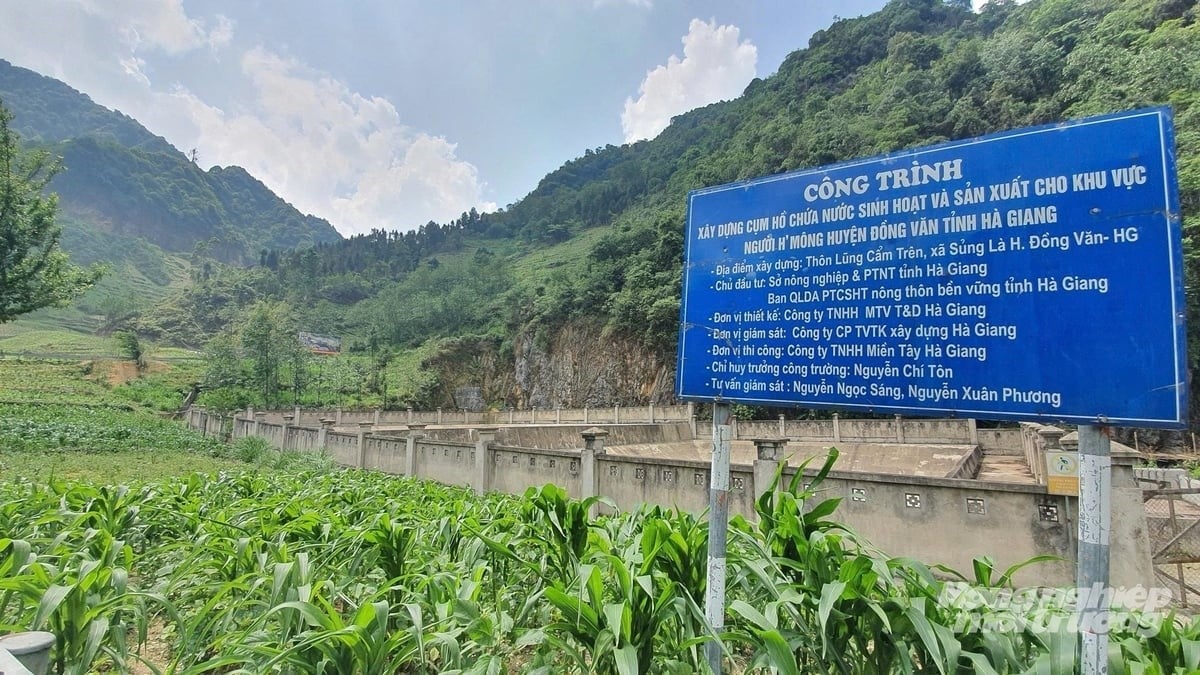
The hanging reservoir in Lung Cam Tren hamlet, Sung La commune. Photo: Kien Trung.
Lu A Quay, a resident of Ma Lu hamlet in Dong Van commune, has stuck with this rocky land for nearly five decades. Serving as the commune’s police chief since the days when Dong Van was still just a commune in the 1990s, he has since held various positions. He is the one who understands best the drought and water scarcity in this land.
The senior Giay official recalled, "Many years ago, local villagers had to struggle on their own to find water sources. Every household tried to channel water from mountain creeks. Before plastic pipes were available, they split bamboo or Bambusa nutans in half, cutting off the ends to create troughs. The water had to travel over long stretches of dirt paths and rugged terrain, and when it finally reached the village, there were no proper containers to store it, so it flowed away. Once the rainy season ended and the dry season came, the water was gone. People then had to trek far away to find crevices or natural springs, carefully collecting every last drop of water into cans. Life was hard."
Speaking about the hanging reservoirs that began appearing in his homeland nearly 20 years ago, Mr. La A Quay called them a "great work" on the rocky plateau and a long-held dream of the highland communities. Those who lived through the era of ‘tilting mountains’ to scavenge for water would cry out of happiness when standing before a full, fresh reservoir nestled in a valley amidst the village.
Translated by Thu Huyen
![Sky-high reservoirs on rocky plateau: [2] Quenching the thirst in Can Chu Phin](https://t.ex-cdn.com/nongnghiepmoitruong.vn/608w/files/huyenvt (e)/2025/08/06/4406-4-214016_602.jpg)
(VAN) For nearly two decades, villages on the rocky plateau have had their thirst eased thanks to hanging reservoirs and solid water storage tanks built under poverty reduction projects.

(VAN) Ho Chi Minh City and Hyogo Prefecture strengthen cooperation on green transition, creating opportunities for clean agriculture, environmental technology, and climate change adaptation training.
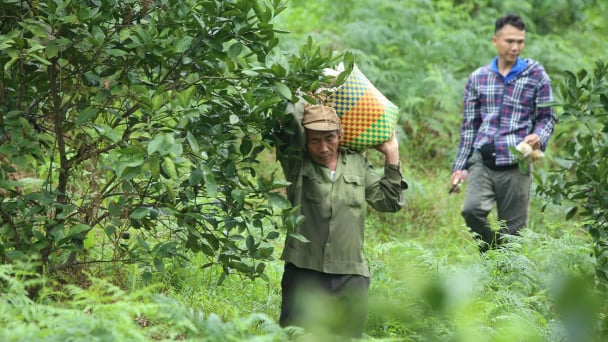
(VAN) With abundant water resources, North Central Vietnam is nurturing pineapple, tea, and citrus trees into sustainable brands, closely tied to resource management and a vision for development.
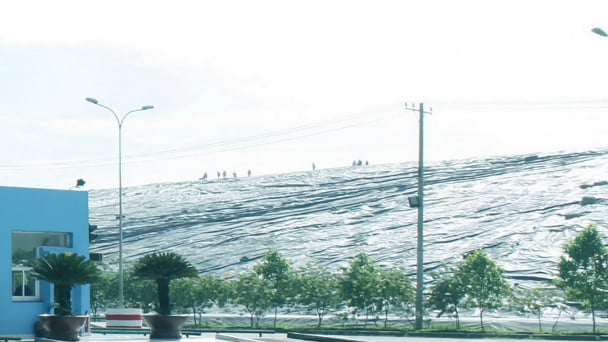
(VAN) Ho Chi Minh City is implementing a comprehensive set of measures to ensure that over 90% of municipal solid waste is treated using advanced, modern technologies by 2030.
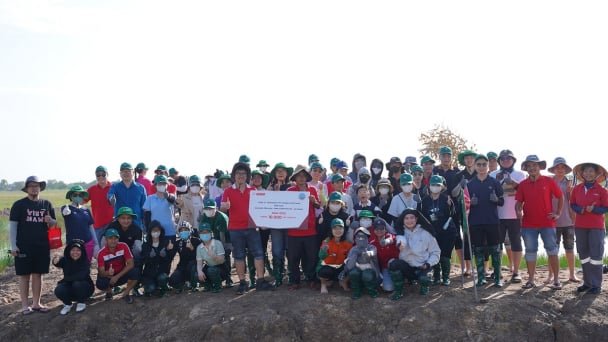
(VAN) INSEE Vietnam has planted 10,000 melaleuca trees at the Phu My Conservation Area, a new step in its goal to achieve a net positive impact on biodiversity by 2030.
![Sky-high reservoirs on rocky plateau: [1] ‘Water bags' at 2,000-meter altitude](https://t.ex-cdn.com/nongnghiepmoitruong.vn/608w/files/huyenvt (e)/2025/08/06/2024-1-160621_730.jpg)
(VAN) If the 'Happiness Road' is considered the first man-made heritage of the rocky plateau, then the hanging reservoirs at an altitude of 2,000 m might be its second.